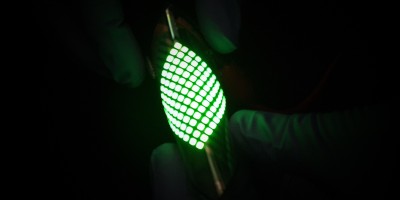Controlling the friction between two moving surfaces — and possibly even reducing it to zero — is one of the outstanding challenges in modern tribology. Two recent discoveries may make this dream come true.

References
Park, J. Y., Ogletree, D. F., Thiel, P. A. & Salmeron, M. Science 313, 186 (2006).
Socoliuc, A. et al. Science 313, 207–210 (2006).
Erdermir, A. Tribology Intl 37, 577–583 (2004).
Socoliuc, A., Bennewitz, R., Gnecco, E. & Meyer, E. Phys. Rev. Lett. 92, 134301 (2004).
Park, J. Y. et al. Science 309, 1354–1356 (2005).
Dienwiebel, M. et al. Phys. Rev. Lett. 92, 126101 (2004).
Persson, B. N. J. Sliding Friction: Physical Principles and Applications (Springer, Berlin, 1998).
Highland, M. & Krim, J. Phys. Rev. Lett. 96, 226107 (2006).
Fridman, H. D. & Levesque, P. J. Appl. Phys. 30, 1572–1575 (1959).
Bhushan, B. Wear 259, 1507–1531 (2005).
Author information
Authors and Affiliations
Rights and permissions
About this article
Cite this article
Frenken, J. Bringing friction to a halt. Nature Nanotech 1, 20–21 (2006). https://doi.org/10.1038/nnano.2006.75
Issue Date:
DOI: https://doi.org/10.1038/nnano.2006.75
- Springer Nature Limited
This article is cited by
-
How the doors to the nanoworld were opened
Nature Nanotechnology (2006)


